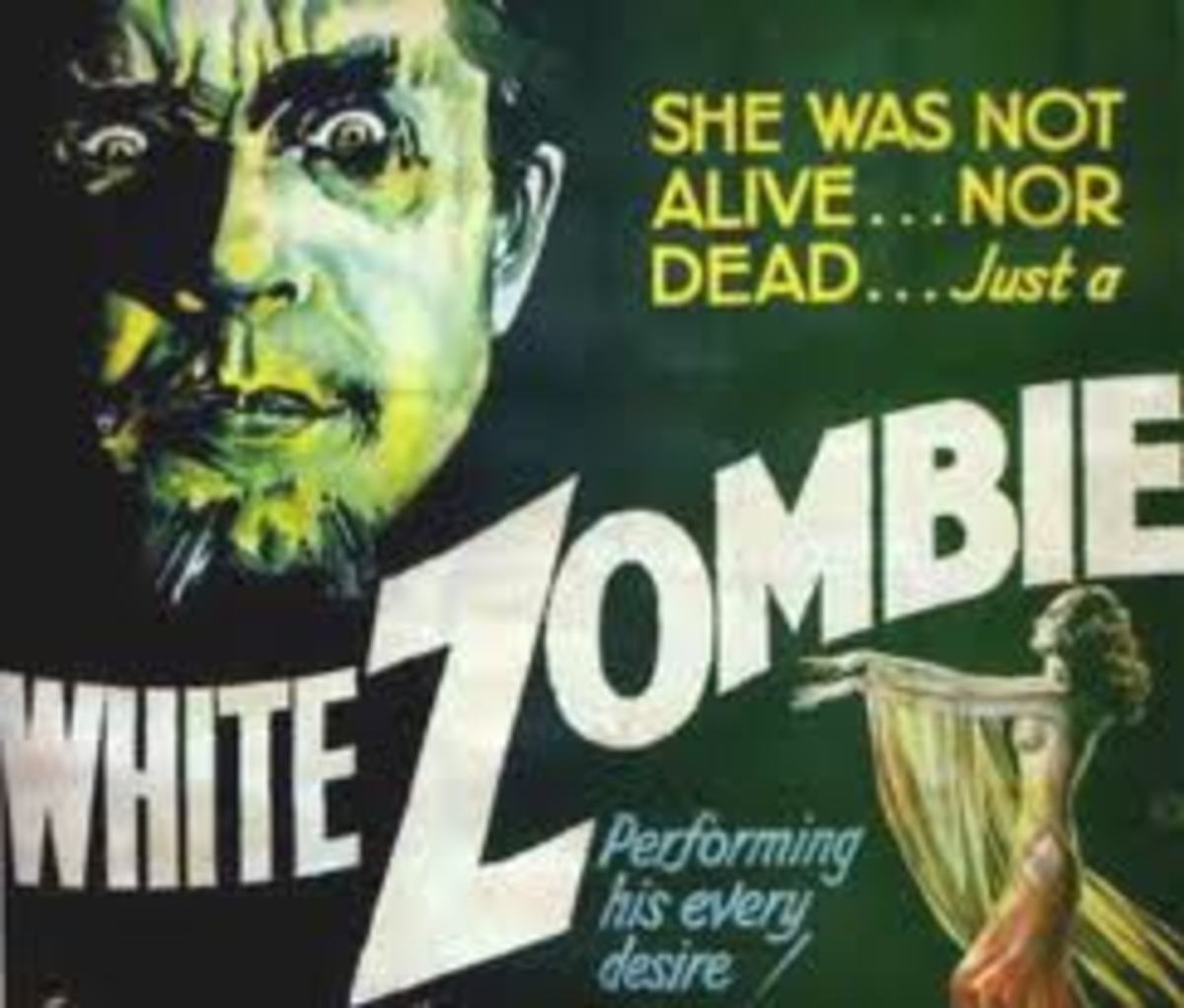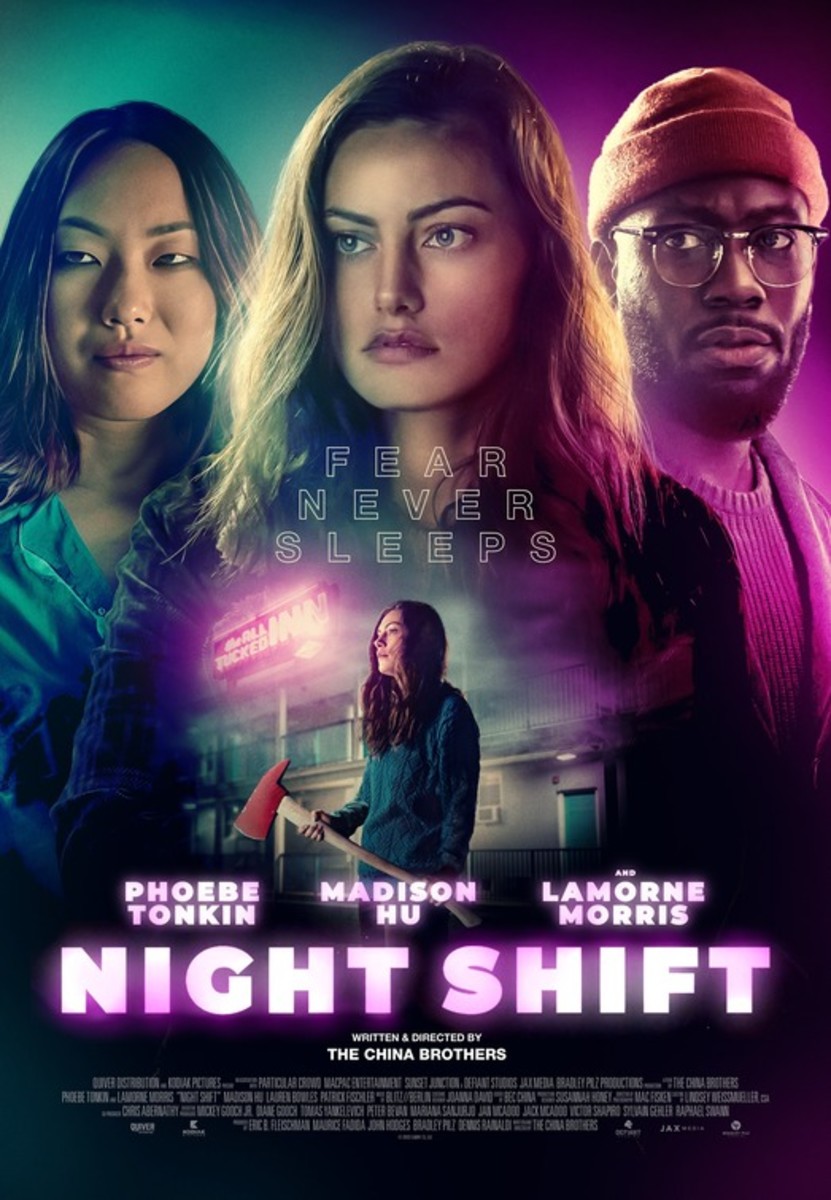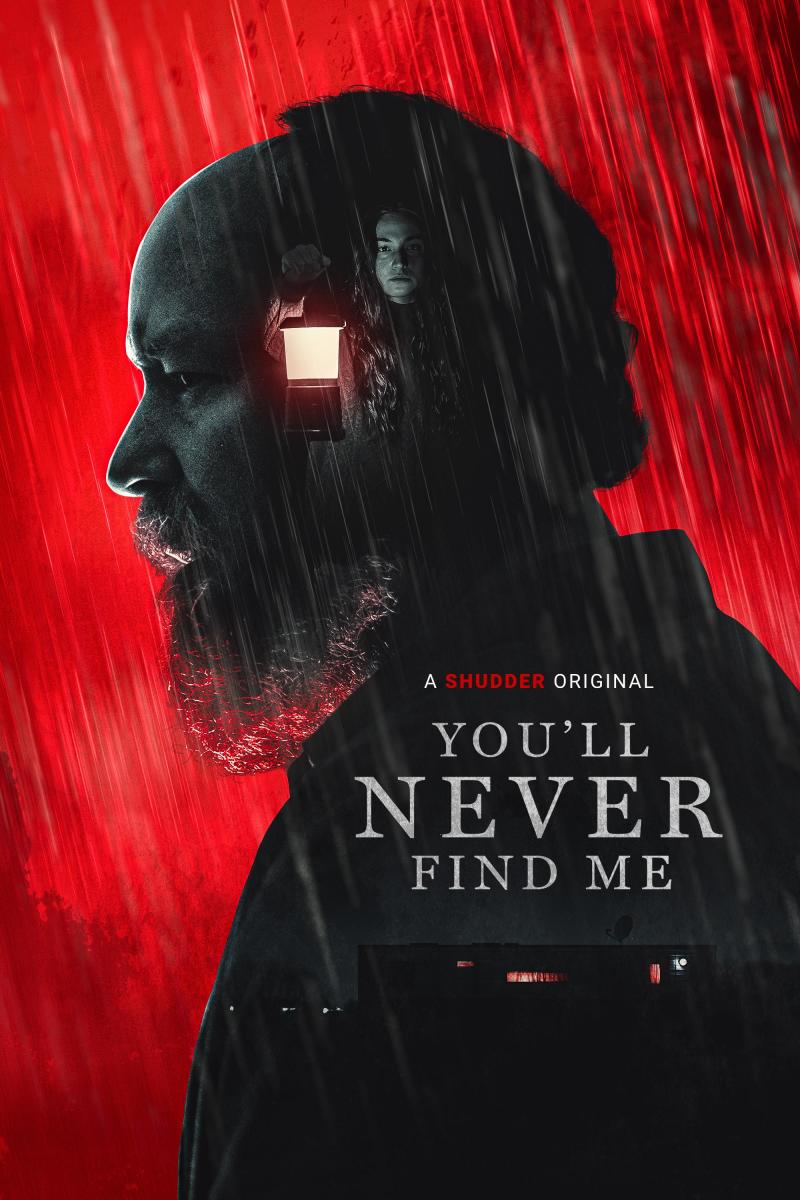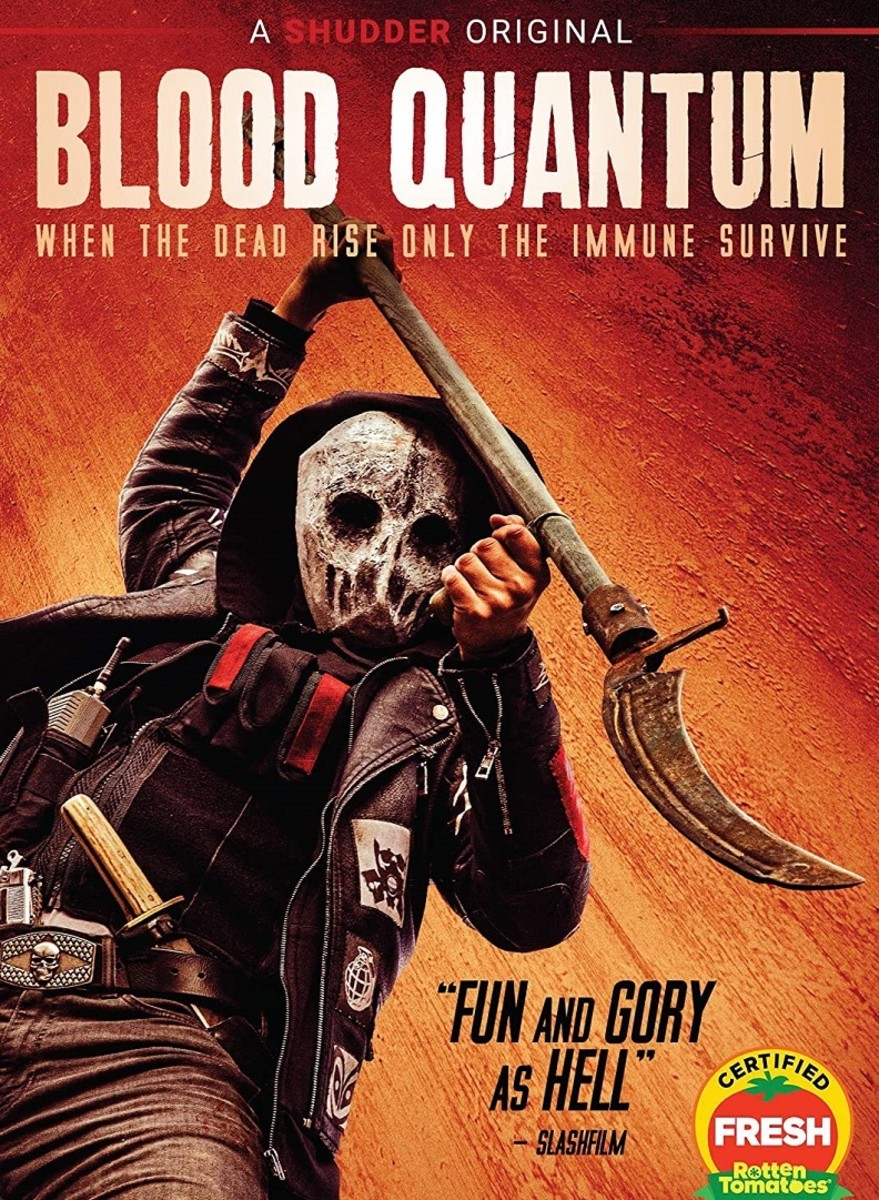Top 10 Horror Films of the 20th Century
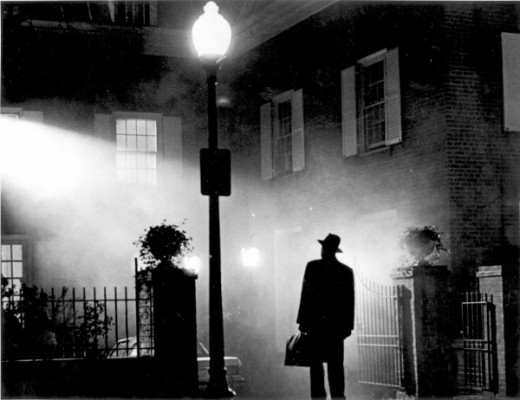
Top 10 American Horror Films
Everyone knows the unnerving feeling: You sit in dark cold theater, or your living room. You either grip your armchair, a loved one, a friend, or your popcorn bag. Or maybe you bite your nails, sit in a cold sweat, and try to look away but can’t help but face the screen. It’s moment of sheer terror for you. That night it’s difficult to go to sleep in your bed because the film stays with you, haunting your dreams or conscious mind. This was your scariest, eeriest, and most dreadful moment of horror. Each of us experiences a horror film individually, and our different tastes in films demonstrate how unique individual reactions really are.
But while any film can be frightening to any given individual, certain films became the cornerstone of fear for an entire generation. Not every horror film has this effect, in fact very few do, but when a film touches the collective nerve of a generation, our reactions are unmistakable. This list is made up of the films that have made such an impression on American culture that they have become instantly recognizable, and have forever redefined horror film.
- Dracula (1931) American audiences in the 1930s were facing a period of overwhelming cultural upheaval. The resolution of World War I was rapidly growing seeds for the second. Global economic upheaval of the Great Depression sent millions to the bread lines, and the promise of a scientific utopia had, seemingly, vanished as Americans struggled to determine how to live their lives, how to derive appropriate cultural values, and how to protect their families. Americans faced threats to their national, economic, cultural, and sexual identity. Dracula emerged into this world of upheaval and uncertainty as the perfect embodiment of precisely the kind of chaos Americans most feared: an invasive, foreign creature of unnatural origins brought to their shores through greed and avarice and now threatening the core values of their civilization. The shadow of uncertainty that lingers in the final moments of Dracula parallels the general angst the the ghosts of our past can never be fully laid to rest. As audiences filed out of the theater, the threatening chaos embodied by the vampire lingered behind the curtains of both the theater, and their homes.
- The Thing from Another World (1951) The Thing brought horror out of the Gothic past of Dracula and placed it squarely into the continuous world of the near-future. The monster was not some creature of lore and superstition but one based, however loosely, on the possibilities afforded by science. By bringing the monster into the more realistic realm of the continuous world, the points of resonance between the elements in the film and broader cultural anxieties seem to become more acute. Wrapped up in the fantastic horror of The Thing were American fears of invasion, communism, Fordism, science, authority, expertise, and gender displacement. The film resonated the Cold War’s settlement into a grim reality accompanied by paranoia, suspicion, and betrayal at all levels. It was overwhelming for the American people of the 50s because there had never been a previous horror film with such a relentless assault on people’s sensibilities.
- Psycho (1960) Psycho represents a fundamental shift in the American notion of horror. After this film, American horror turned inwards. On one level, the horror is found in the psychological rather than the physiological. On the other level, the monster does not come from beyond the grave or the stars, but from right next door. While Psycho did not herald the end of suburbia or American dreams of prosperity, seclusion, and mobility, the film does seem a landmark of the changing American attitude. The American dream of prosperous, suburban family dwellings, the domestic bliss of the 1950s, faded during the 1960s, a decade dominated by youthful dreams of peace and played out against the backdrop of one of the most spectacularly bloody and divisive wars in American history. The film exposed for the first time illusory securities within these homes and revealed its chaos. Psycho pursued the horror that dwells in the human psyche, and within the presumably safe bonds of family, depicting it in an increasingly savage and confrontational way.
- Night of the Living Dead (1968) Slowly but surely between 1968 and the early 1970s, Night of the Living Dead found its way into the American consciousness. Romero’s film became one of the forbidden midnight films that teenagers would flock to throughout the 1970s and even 1980s. Its success would spawn both a new tone in horror films and an entirely new subgenre. Because of Night of the Living Dead, horror films moved beyond death and defilement and towards the apocalypse. Many films after would approach this end of the world, or at least end of humanity and civilization sense of terror. To a certain extent the “splatter” genre emerged as well. 1968 was a turning point in American culture and in the history of the horror genre. The American horror film had long been threatening its audiences with the sense that something dark and deadly was lurking at the edges of modern life. Dracula threatened defiling chaos, The Thing initiated an invasion of inhuman monsters, and Psycho unraveled the illusions of the American dream. In those films, the threat was always something that was on its way. With Night of the Living Dead, the threat to American security and optimism was over. The end had begun.
- The Exorcist (1973) The 1970s entered the Age of Paranoia. If there is a clear epitome of the paranoid fragmentation affecting America in the early seventies, it is the presidency of Richard Nixon. He had campaigned with a series of optimistic promises: to end the conflict in Vietnam quickly and with honor, to restore law and order to the increasingly chaotic and violent America, and to restore confidence and openness in the federal government. As well recorded in history, Nixon failed to achieve these promises and also fundamentally eroded American Faith in the Federal government. The Exorcist transcended this paranoia perfectly. The opening of the film suggests a much different approach to the impending apocalypse. The sun appears first in an equally bright sky, but the sky soon changes, becoming darker and more contrasted to the brightness of the sun. The state of the cosmos changes in these opening moments. Something dark has entered the world; a shadow that has encompassed humanity. At the archaeological dig, Father Merrin stands face to face with a large statue of a demonic image. A strong wind blows in the space between the priest and his adversary, and dogs fight angrily in the distance. In this moment before the scene shifts to Georgetown and the beginning of Reagan's symbolic possession, it is evident to the viewer: a fundamental struggle between good and evil has been joined.
- The Texas Chainsaw Massacre (1974) This film seems to open precisely where Romero’s film ends, with a series of photographs of decomposing bodies. The camera soon reveals a hideous sculpture of decomposing bodies. The apocalyptic tone is one of the dawning of an inevitable age of degradation and destruction. The film portrayed the disparity between wealth and poverty. In The Texas Chainsaw Massacre, the psychotic family is destitute after losing their jobs at the local slaughterhouse as a result of mechanization. They have fallen through the cracks in the broad network of social security systems and become a twisted version of the underlying logic of modern capitalism: the exploitation of others for profit. In the grotesque exaggeration of The Texas Chainsaw Massacre, humans are literally turned into products to be sold and consumed.
- Halloween (1978) While in no way a conservative film, Halloween resonated with the rise in conservative sentiments raised by up and coming politician Ronald Reagan. With the end of the 1970s saw a very dramatic rise in the religious right as a new breed of politically savvy and vocal religious fundamentalists that would come to dominate American culture. True to this form, the horror films of the 1980s overwhelmingly would be dominated by the repetition of John Carpenter’s tale of a punishing “bogeyman” pursuing naughty promiscuous teenagers through suburbs, campgrounds, and even in their own dreams. Like Dracula, Carpenter’s film entails a kind of Gothic return of the past to haunt the present. Halloween is driven by sexuality, in particular female sexuality, and while Michael’s punishing look is vastly different from the seductive gaze of the count, both films gain momentum from the cultural boundaries around the “perversity” of sexuality. In a way, Carpenter’s simple tale of a familiar American horror genre fit with the simplistic condensed version of this cultural politics promoted in the 1980s and resonated there horrors surrounding it.
- The Silence of the Lambs (1991) The conflict between community and individual desires was reenacted in some of the more incendiary reactions to the film. It became an object of controversy particularly among gay and feminist critics. Much of the film’s notoriety was based on its explicit sexual politics. By infusing the horror genre with explicit cultural politics, The Silence of the Lambs gave the fading slasher genre new life, by almost single-handedly creating the “serial killer profiler” genre that would become a prominent aspect of American popular culture in the 1990s. In the midst of the cultural anxieties stemming from excessive individualism of the 1980s to a more community based, liberal approach of things, the film struck a powerful resonant note with Americans. Like The Exorcist, the film demonstrated that horror could be mature and of high quality, but in a way unlike that film, it suggested that horror films could directly inform the cultural debates of the time.The horrors that had moved from Transylvania to the Gothic suburbs of Halloween emerged into the complicated and politically tense world of reality. The “monster” was drawn from real monsters who terrorized citizens and occupied maximum security prisons, and the pursuit of the villain was wrapped up in kinds of daily troubles and obstacles that marked the real life of average Americans.
- Scream (1996) The term “postmodern” had bounced around academic circles since the 1970s, but by the mid-1990s it had begun to permeate the culture. Most Americans had only a limited grasp of what postmodern meant, but the term seemed to capture some sense that the world had changed. The spin of images that marked the media age seemed to be picking up, and whatever firm foundation had once anchored the culture to sure principles or ideals seemed to have eroded. A new generation of Americans was emerging in the 1990s, a generation of young people who had grown up amid the narcissism and cynicism of the 1970s and who appeared to feel more comfortable with a computer than a newspaper. With the emergence of the “Generation X”, a new form of horror was needed. Scream played on this notion and introduced a blurred line between media spectacle and reality. Media technology is pervasive, and the characters within the film are acutely aware of the mediated nature of their situation. Like most of the Generation X, the young characters are surrounded by technologies of communication. Telephones and the relatively recent invention, cell phones, play a prominent role in the film, as do televisions, VCRs, and even a computer. By the film’s climax, the thin line between media and reality is becomes indistinguishable. The horror of film through reality of its viewers freshly horrified audiences once again.
- The Six Sense (1999) Within a few years, the postmodern turn in horror films had played itself out. Tales of hip young characters outsmarting a masked killer had only a limited number of variations. Once again, the horror genre was considered moribund. However, 1999 was more than just the end of a decade or century; it was the end of the millennium. For many Americans 1999 represented more than just a change in the calendar, It represented the final moment, the end of what had been known, and the beginning of an unknown era. As America prepared to enter it, anxieties were high. With its reputable twist ending, spiritual dread, and eerie depths into ghosts and ghouls, the resurgence of Gothic horror through The Sixth Sense should not be surprising. American horror has always been about what lies lurking just beyond the boundaries of vision and normalcy. The Gothic reconciliation offered in The Sixth Sense and picked up by a number of imitators offered not only a way to resolve the problems of the past but also a way to enter boldly into the future.
While many horror films will be personally and well as objectively considered to be on this list, it is important to remember that the list itself is comprised of films that have ultimately defined the 20th century. Among those considered were King Kong (1933), Carrie (1976), Alien (1979), and The Shining (1980). While other films may have captured America’s collective fears, it is indisputable that the films on the list belong. Overall, these films do a great job of resonating their prospective times and its culture. American horror has always been about American culture, and these films emerged at critical points in our history that energized the films’ receptions enough to define the decade. List your scariest horror film moments in the comments below, and have a happy Halloween!


